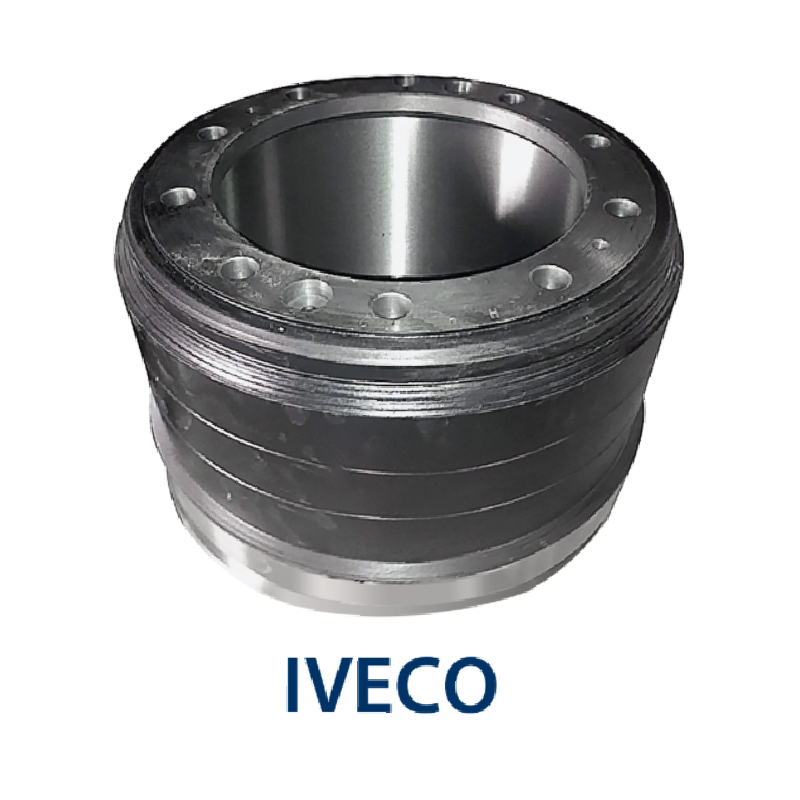Dec . 15, 2024 13:31 Back to list
Understanding Brake Drum and Wheel Cylinder Functions in Automotive Systems
Understanding Brake Drum, Wheel Cylinder, and Their Importance in Vehicle Performance
In the realm of automotive engineering, brake systems are crucial for ensuring safety by enabling effective deceleration and stopping of vehicles. Among various components of braking systems, brake drums and wheel cylinders play pivotal roles, particularly in drum brake systems, a type commonly found in many older and some newer vehicles. Understanding these components and their function can enhance appreciation for vehicle safety mechanisms.
The Brake Drum
A brake drum is a cylindrical component that rotates along with the wheel. It is usually made from cast iron or aluminum alloys for optimal strength and heat dissipation. When the driver presses the brake pedal, brake shoes inside the drum expand outward against the drum's inner surface due to hydraulic pressure generated by the master cylinder, creating friction. This friction slows down or stops the wheel’s rotation.
One major advantage of brake drums is their ability to dissipate heat. As brakes are applied, they generate significant heat due to friction. Brake drums are designed to withstand high temperatures, reducing the risk of brake fade, which occurs when brakes lose their effectiveness from overheating. Moreover, drum brakes tend to provide effective braking force and are less prone to water contamination than their disc counterparts, although they are heavier and more complex in design.
The Wheel Cylinder
The wheel cylinder is a key hydraulic component within the drum brake system. Situated inside the drum brake assembly, it acts as the actuator that converts hydraulic pressure from the brake lines into mechanical force. When the brake pedal is pressed, fluid from the master cylinder travels through the brake lines to the wheel cylinder. Once the hydraulic pressure builds up, it forces the pistons within the wheel cylinder outward, which pushes the brake shoes against the drum.
brake drum wheel cylinder

The wheel cylinder typically consists of a cylindrical housing that contains rubber seals and two pistons. The seals help prevent brake fluid leakage, and the design allows for precise and efficient operation. The quality and condition of the wheel cylinder are critical for the effective functioning of drum brakes. If the cylinder develops a leak or if the seals wear out, it can lead to reduced braking force or complete brake failure, posing serious safety risks.
Maintenance and Challenges
Regular maintenance of brake drum and wheel cylinder components is essential for safety and performance. Brake fluid levels should be checked frequently, and the hydraulic system should be free of leaks. Additionally, brake drums and shoes need periodic inspection for wear. Signs of wear include visual cracks, deep grooves in the drum surface, or reduced friction material on the shoes. If the drum gets too worn, it may require resurfacing or replacement to restore efficient braking function.
While drum brakes are effective, they face challenges, particularly in high-performance applications. The weight of drum brake systems can negatively affect handling, and they may not perform as effectively under extreme conditions as disc brakes. Consequently, many manufacturers are transitioning toward disc brake systems, particularly for performance-oriented vehicles. However, drum brakes remain prevalent in various applications, including rear brakes of light trucks and some passenger vehicles, due to their cost-effectiveness.
Conclusion
Brake drums and wheel cylinders are integral components of drum brake systems, contributing significantly to vehicular safety and performance. Understanding their function, benefits, and maintenance can help vehicle owners ensure optimal braking performance. As advancements in automotive technology continue, brake systems will evolve, yet the principles of friction and hydraulic force will likely remain central to achieving reliable stopping power. Whether in standard vehicles or more specialized applications, the importance of a well-maintained brake system cannot be overstated, emphasizing the necessity for routine inspections and necessary repairs for continued safe operation.
-
IVEKO High-Performance Brake Drums Durable & Precision-Engineered
NewsMay.17,2025
-
Brake Drum Man High-Quality Drum Brake & Shoe Solutions
NewsMay.17,2025
-
Brake Drum Man Premium Drum Brake & Shoe Solutions OEM-Compliant
NewsMay.16,2025
-
Brake Drum Man High-Quality Drum Brake & Shoe Kits for Vehicles
NewsMay.16,2025
-
Brake Drum Man High-Quality Drum Brake Parts & Expert Solutions
NewsMay.16,2025
-
Brake Drum Man High-Quality Drum Brake & Shoe Solutions
NewsMay.15,2025
